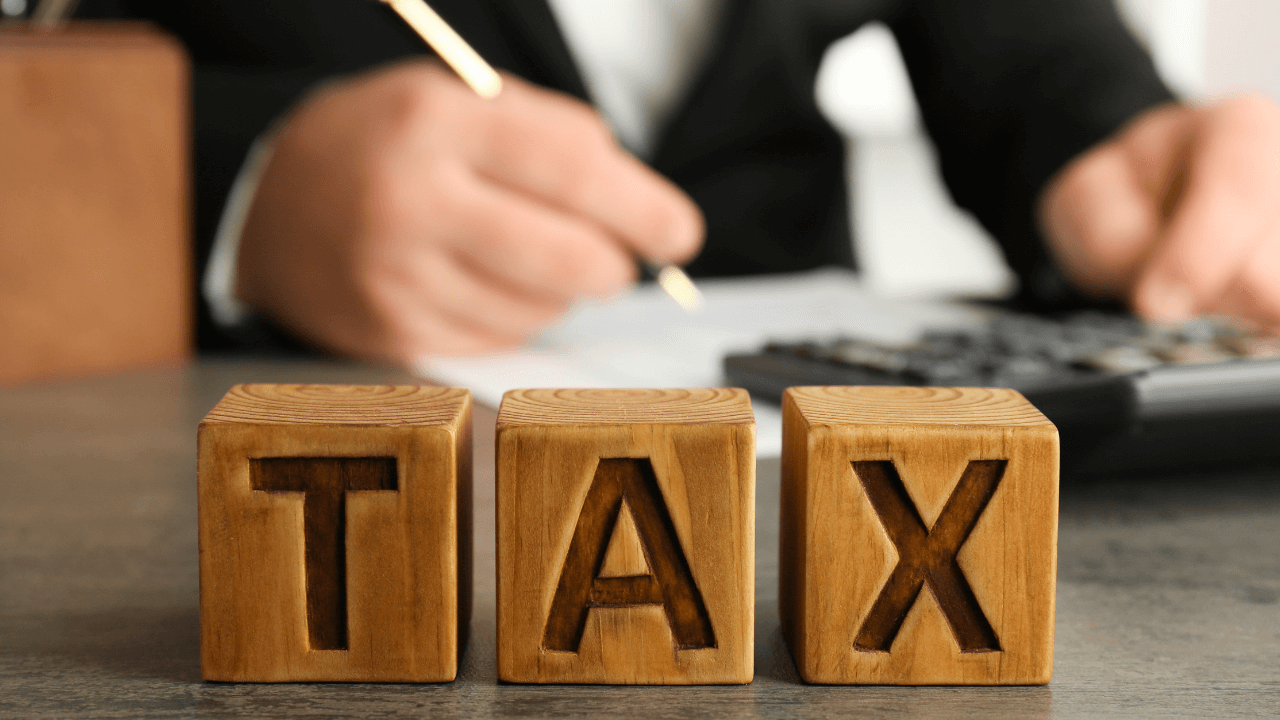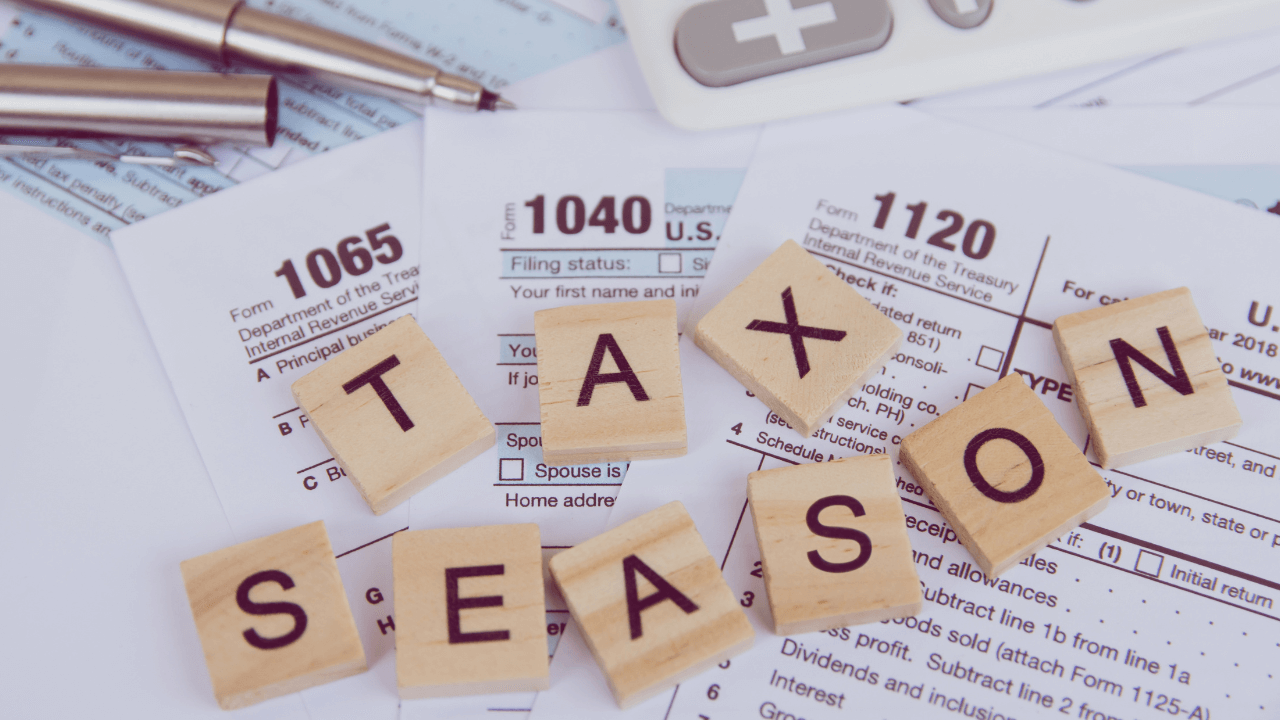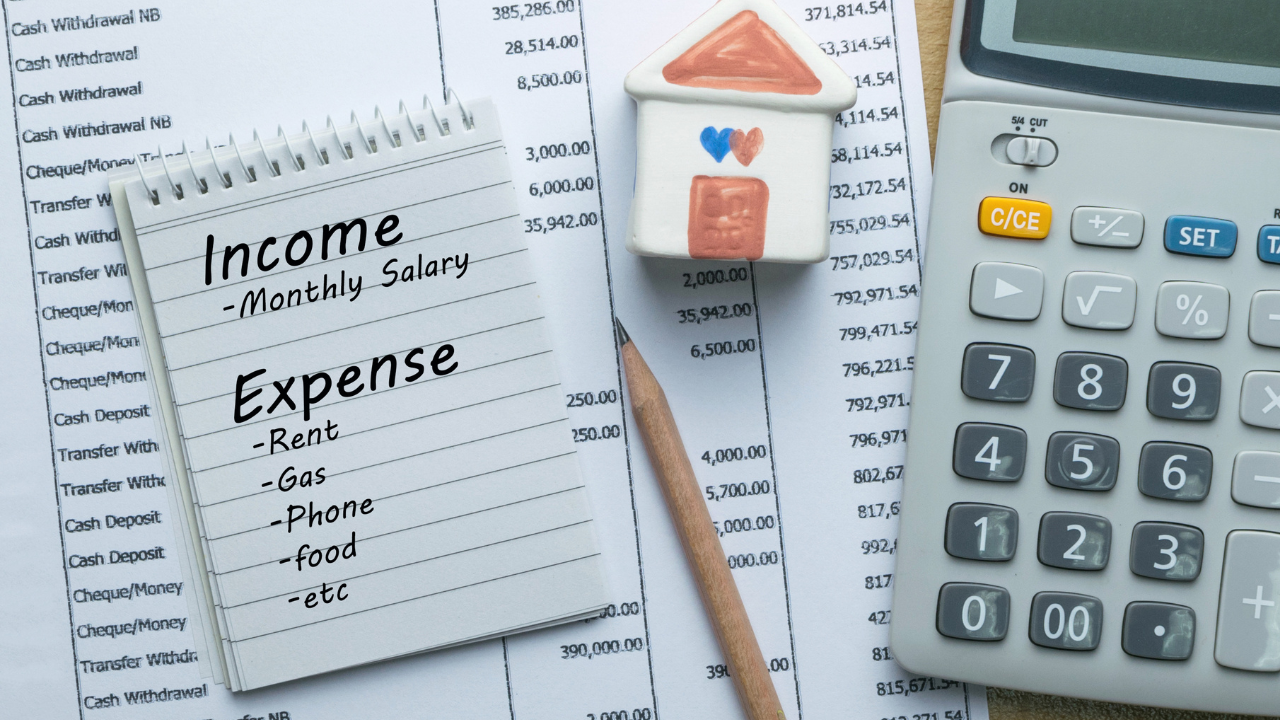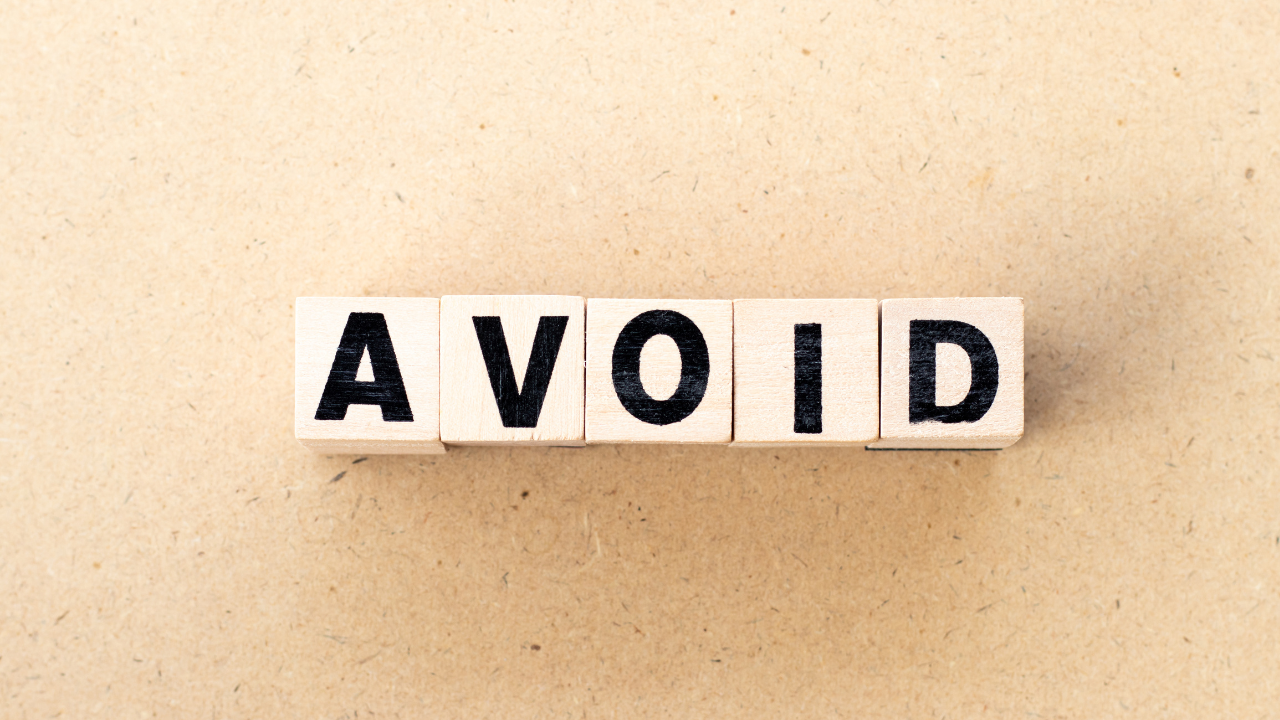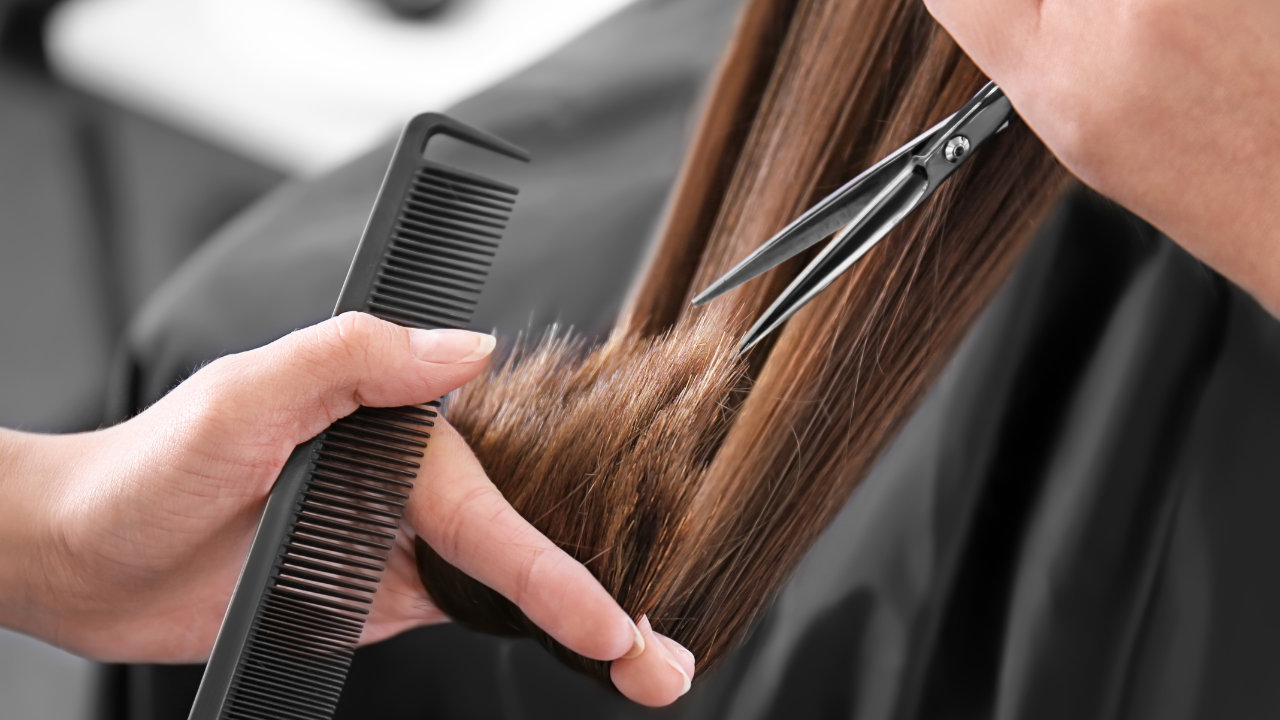
Taxes can be tricky for many professionals, which becomes trickier for independent contractors like barbers or stylists with their businesses. You must navigate through a long list of forms and deductions to file taxes on time while avoiding audits and penalties.
So, if you’ve also decided to pursue the freedom of an independent contractor, you need to brush up on the tax code and know how to file taxes. However, you won’t have to feel overwhelmed since we’re here to simplify it and lay out all the information you need in this blog post.
From deductions to estimated quarterly payments, we’ll break it all down so you can focus on what you do best – making your clients look fabulous. Whether you’re cutting and coloring hair in your salon or only making house calls, our expert advice and guidance will help you straighten out your taxes so you can focus on what you do best: making your clients look and feel fantastic.
Keep reading to get answers to all your tax-related questions and learn how to trim your tax stress while maximizing your profits!
Understanding Your Tax Obligations
As a barber or stylist, it is essential to have a clear understanding of what you owe in taxes and how to pay it. The first step in understanding your tax obligations is determining your filing status.
If you’re self-employed, then you must file taxes as a business owner. The IRS considers independent contractors self-employed, who must file an annual return, pay estimated tax quarterly as sole proprietors, and report all their income on Schedule C of the tax return. You can make these payments either online or by mail using Form 1040-ES.
In addition to federal taxes (income tax and self-employment tax), barbers and stylists may also have state and local taxes they are responsible for paying. These can vary depending on location but may include sales/use tax on retail items sold in the salon/barbershop or property taxes if owning commercial space.
Next, you should keep track of all income and expenses related to your business, such as tips, product sales, rent, supplies, equipment purchases, etc. Keeping accurate records will make filing taxes easier and ensure you get all deductions that could save you money.
Essential Tax Forms for Barbers and Stylists
One critical step in this process is understanding which tax forms you must fill out and file annually. By familiarizing yourself with these essential forms and staying organized throughout the year, you can easily navigate tax season. Let’s go through all the critical tax forms that every barber and stylist should familiarize themselves with.
Form 1040 – U.S. Individual Income Tax Return
Form 1040 is the most common tax form for individual taxpayers. It includes sections for wages, tips, business income, and other revenue sources, allowing you to report your annual income and calculate federal tax.
Schedule C – Profit or Loss from Business
If you work independently or as an independent contractor, you must file a Schedule C along with Form 1040. This form lets you report your business income (or loss) and claim deductions for business expenses such as rental fees.
Form W-9
This form provides your Taxpayer Identification Number (TIN) or Social Security Number (SSN) to clients who pay you for your services. Clients use the information on Form W-9 to report payments made to you to the IRS.
Form 1099-MISC
As a self-employed barber or stylist, you will likely receive payments from clients through various means, such as cash, credit card transactions, or checks. If you earn more than $600 in a tax year from a client or salon, they must provide you with a Form 1099-MISC detailing the amount paid. This form reports miscellaneous income, including income earned as an independent contractor.
Estimated Tax Forms (Form 1040-ES)
Since barbers and stylists do not have taxes withheld from their paychecks, they must file estimated tax forms quarterly throughout the year to avoid tax penalties. These forms allow self-employed individuals to assess their expected annual income and make payments towards their tax liability.
State Tax Forms
In addition to federal taxes, barbers and stylists may also be required to pay state income taxes depending on where they live and work. Each state has its tax laws, so be sure to research the specific requirements for your state and file any necessary forms accordingly.
Deduction Forms
Depending on their expenses, barbers and stylists may also need to complete additional tax forms to claim deductions, such as home office expenses (Form 8829), vehicle expenses (Form 2106), or retirement plan contributions (various forms depending on the type of plan).
Role of Income Tracking and Reporting in Tax Filings
Navigating taxes as a barber or stylist can initially seem overwhelming, but with proper record-keeping and understanding of your tax obligations, you can manage them effectively.
Failing to do so can lead to penalties and legal consequences, significantly impacting your career and financial stability. Therefore, it’s essential to keep detailed records of all the services you provide, the amount you charge, any tips you receive, and expenses related to your business.
One way to simplify this process is using accounting software designed for small businesses like barbershops and salons. These programs allow you to enter all your income and expenses in one place, making it easier to stay organized throughout the year.
You can also consult with a tax advisor to report your income accurately and take advantage of any deductions or credits available.
By staying on top of your income tracking and reporting throughout the year, you can avoid any potential issues come tax season and focus on growing your business.
Importance of Keeping Accurate Records
One of the main reasons keeping accurate records is so important is that it ensures that you are paying the correct amount of taxes. The income you earn from your services must be reported on your tax return, and having detailed records will help you calculate this amount accurately.
In addition, if you ever get audited by the IRS, having thorough records will make the process much smoother and less stressful.
Moreover, maintaining accurate records can help you take advantage of tax deductions and credits available to barbers and stylists. Without proper documentation, the IRS can overlook or reject these deductions.
In addition to helping with tax fillings and deductions, accurate record-keeping allows you to monitor the financial health of your business. By tracking all income and expenses, you can better understand where your money is going and identify areas where you can cut costs or increase revenue.
Tools and Apps for Record-Keeping and Financial Management
Managing your taxes and finances alone can be a challenging task. Luckily, there are various apps and tools for self-employed professionals that can make financial management easier for barbers and stylists.
FreshBooks
FreshBooks is a comprehensive accounting tool that provides barbers and stylists with all the features they need to manage their finances and stay on top of taxes effectively.
With its user-friendly interface and affordable pricing plans, it’s no wonder why so many small business owners rely on FreshBooks for their accounting needs.
It also offers a range of features, such as expense tracking, time tracking, reports, and tax filing, making it the perfect tool for barbers and stylists to navigate taxes easily. Moreover, you can export all historical data of a tax year to save even more time and hassle when it comes to tax preparation.
doola
doola is essential for any barber or stylist looking to streamline their tax filing process. From business formation and bookkeeping to tax elections and quarterly tax filings, it has everything you need to keep your business compliant with tax laws.
It’s a business-in-a-box solution where you can form a Limited Liability Company (LLC) and get an EIN (Employer Identification Number), Registered Agent service, Operating Agreement, and a business bank account. Once your business is set up, you can utilize their invoicing and bookkeeping solutions to streamline your transactions and record-keeping.
It’ll help you optimize your financial management and get you ready for the tax season. You can easily calculate your estimated quarterly tax payments based on the income recorded throughout the year.
This helps avoid any surprises come tax time and ensures you meet your tax obligations throughout the year. doola can handle your every tax and compliance need by identifying the eligible deductions, preparing the tax forms, and then ensuring seamless tax filing with the help of experienced CPAs.
Wave
One helpful tool for managing your taxes is Wave, an accounting software designed specifically for small businesses. It offers a range of features to help you simplify tax obligations and stay on top of your finances throughout the year.
You can create invoices and easily track and record payments and expenses for your tax return. It also generates financial reports and handles all payroll processing so that you don’t have to worry about staying compliant with complex regulations. So, when tax season rolls around, you can pull together all the necessary information to save time and effort.
Deductible Expenses: What Can You Write Off?
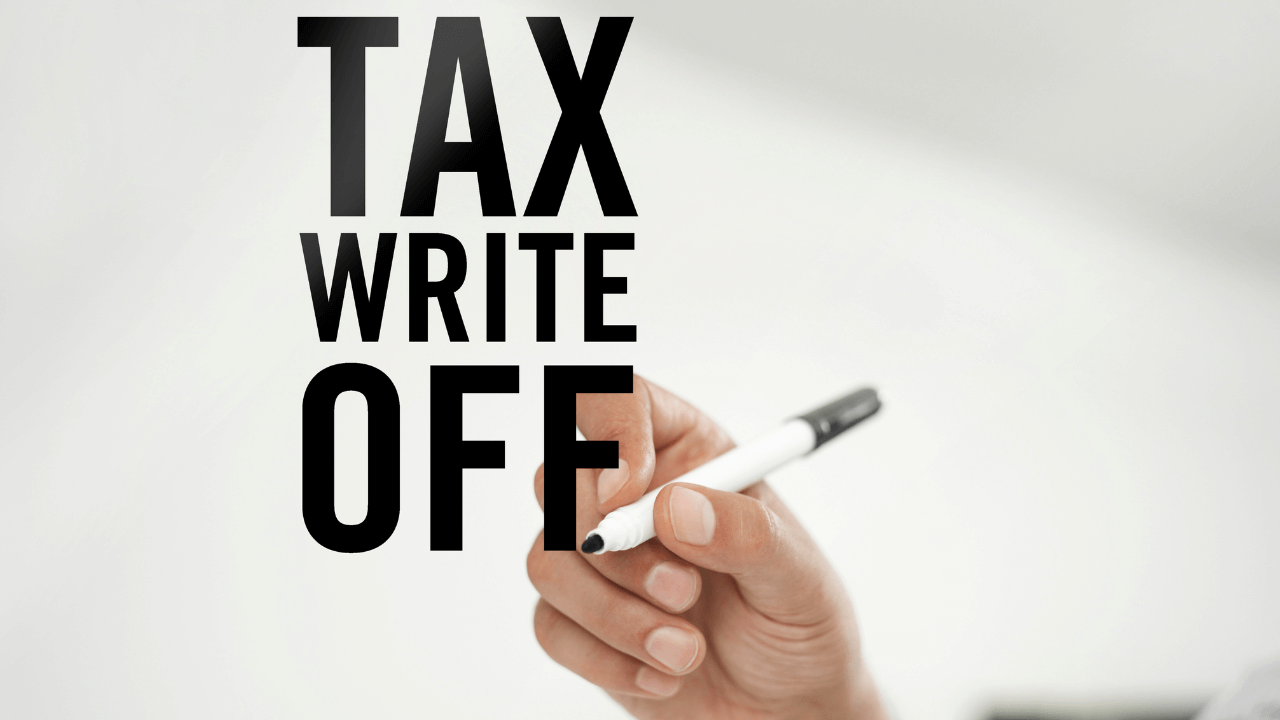
With so many expenses and income to track, it can be overwhelming to navigate the world of taxes. However, there is some good news—there are certain deductible expenses for hair stylists that you can write off to help reduce your taxable income.
Tools and Equipment
One of the major expenses for barbers and stylists is the tools and equipment they use daily. This includes scissors, clippers, hair dryers, curling irons, razors, combs, brushes, and more.
Supplies
In addition to tools and equipment, barbers and stylists also need various supplies such as shampoos, conditioners, styling products, towels, etc. These supplies are considered necessary for your business operations so that you can write them off as deductible expenses.
Rent/Lease Payments
Whether you rent or lease a chair at a salon or the whole barber shop, you can deduct the rent payments as expenses on your taxes.
Business Insurance
You can write off the cost of liability insurance to protect yourself and your business as tax deductions.
Marketing Expenses
You can claim the costs associated with marketing, such as creating promotional materials or advertising fees, as tax deductions.
Training/Certification Fees
You can deduct the paid fees as business expenses when you attend workshops or courses to learn or improve your skills.
Uniforms and Work Attire
You can deduct the cost of purchasing and maintaining work-related uniforms or clothing required explicitly as a working condition.
Business Mileage
You can deduct the mileage cost if you use your vehicle for business purposes, such as house calls or traveling between multiple salon locations.
Client Amenities
You can claim deductions for the cost of amenities provided to clients, such as magazines or refreshments.
Telephone and Internet Bills
If you use your phone and internet for business activities, such as communicating with clients, you can claim a portion of your phone and internet bills as expenses.
Retirement Planning and Tax Benefits
As a self-employed barber or hair stylist, you should start planning to secure your financial future so you can enjoy the fruits of your labor during retirement. However, there’s another benefit to retirement planning: potential tax savings. By contributing to a qualified retirement plan, you can reduce your taxable income and potentially lower your overall tax bill to save your hard-earned money for your future.
IRAs and Solo 401(k)s Options for Independent Stylists
Self-employed barbers and stylists have access to additional retirement plans that offer even greater tax advantages.
For example, a Solo 401(k) allows self-employed individuals to contribute both as an employee (elective deferrals up to $18,500 in 2018) and as an employer (up to 25% of compensation). This can result in higher contribution limits than traditional IRAs or Simplified Employee Pension (SEP) IRAs.
Individual Retirement Accounts (IRAs) have two main types: Traditional and Roth. Traditional IRA enables you to contribute pre-tax dollars, which means the amount you contribute gets deducted from your taxable income for that year.
It can help lower your tax bill in the present, allowing you to save more for retirement. However, remember that withdrawing money from a traditional IRA during retirement will be taxed as regular income. A Roth IRA plan works differently as you can contribute with post-tax dollars.
Therefore, your contributions won’t reduce your taxable income for the year. However, once you reach retirement age and start making withdrawals from a Roth IRA account, those withdrawals will be completely tax-free.
Since both IRAs and Solo 401(k)s have contribution limits and eligibility requirements, you should consult with a Certified Public Accountant (CPA) to determine which option is best for your situation.
Common Tax Mistakes to Avoid
Navigating taxes can be overwhelming and confusing for a self-employed individual like you. One small mistake could lead to penalties, fines, or even an audit from the IRS.
We’ve compiled a list of common tax mistakes to help you avoid these stressful situations at all costs. By avoiding these common tax mistakes, you can ensure that your business stays compliant and secure.
- Failing to report all income: It may be tempting to under-report your income in order to pay less in taxes. However, it’s a tax fraud and can result in severe consequences.
- Not keeping track of expenses: Keep proper records of all expenses that you can deduct from your taxable income.
- Neglecting self-employment taxes: As a self-employed individual, you are responsible for paying self-employment taxes, which cover Medicare and Social Security contributions.
- Missing deadlines: Stay on top of tax deadlines, such as filing quarterly estimated taxes and submitting annual returns to avoid penalties and interest charges.
When to Consult a Tax Professional
While it’s cost-effective to navigate taxes on your own, there are certain situations where it is highly recommended to consult a tax professional. Here are some instances when seeking expert advice and guidance from a tax professional is beneficial.
Starting Your Business
When starting your barber or styling business, it’s crucial to have proper tax planning in place from the beginning. A tax professional can help you set up an efficient system for record-keeping and filing taxes.
Complex Deductions
As a barber or stylist, you may be eligible for tricky deductions that require expertise in tax laws. A tax professional can help you identify all possible deductions and ensure they are claimed correctly.
Increase in Income
If your business experiences significant growth and results in higher income, it’s wise to seek advice from a tax professional to manage this increase in revenue while minimizing your taxable amount.
IRS Audit Notification
Receiving an audit notification from the IRS can be stressful for any individual or business owner. In such cases, having a trusted tax professional can provide peace of mind and ensure all necessary documentation is in order.
doola’s Tax Compliance Package for Barbers and Stylists
Managing your taxes can be a daunting task, but it is crucial for the success of your business. Not only is it a legal requirement, but properly managing your taxes can also help you save money and avoid potential penalties. By following the tips in this article, you can ensure that you are ready for tax season.
However, if you still need help with your tax filings and deductions, you can doola! Our comprehensive Tax Compliance package empowers you with all the necessary tools to manage your finances and stay on top of your tax obligations for seamless filings. Whether you need an accountant or comprehensive tax return software, we got you covered. So you can focus on growing your business while we take care of the tax side of your business.
Need help keeping tax compliant? Grab a free tax consultation with us!

